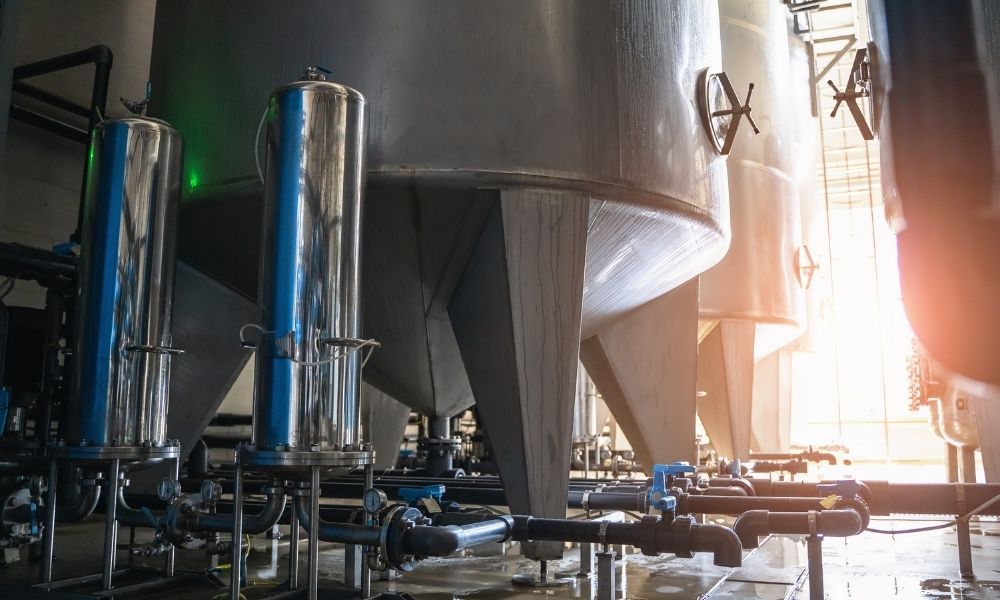
When your industry or residential area requires separate potable water storage for commercial, agricultural, or emergency water supplies, you’ll need to make sure you’re holding that water correctly. Potable water must be free from harmful bacteria, chemicals, and other contaminants that affect its drinkability.
Even when consumers won’t drink the water directly, contaminated water can pass to the consumer through plants and products despite undergoing multiple manufacturing processes. Know how to properly store potable water, and you’ll keep your products or water supply fresh and safe.
Choose the Correct Container
Before using a large storage tank to protect your supply of potable water, you need to make sure it’s usable for this purpose in the first place. You can store potable water in any tank type, whether it’s steel, plastic, concrete, or fiberglass. However, you do need to think about the container’s past.
Two important red flags that should deter you from using a tank for potable water are:
Damage To the Tank
There’s no reason to use a broken or marred water storage tank for your potable water supply. Damage to the tank’s integrity can cause contaminants to leak into the water easily, ruining its potability. Either repair the tank or purchase a different one if you notice damage before filling it.
The Tank Served a Previous Purpose
The tank’s previous purpose—if it had one—plays a large role in whether you can use it for potable water or not. Always use water storage vessels that you or the prior owner only used for potable water. In an emergency, you can disinfect and use storage tanks that held milk or other consumable liquids.
Never use a tank that you or anyone else has used for fertilizers, chemicals, or other hazardous substances, even if you disinfect it.
Prepare the Storage Tank
Don’t rush the filling process once you have your storage tank picked out. Before putting potable water in it, vacuum dry debris from the bottom and scrub the inside with water and detergent. If you need to disinfect the tank, use a solution of bleach and water. To get the ratio correct, add eight ounces of bleach for every 50 gallons of water in the tank.
Once you finish cleaning and disinfecting the tank, drain it in a safe location. Don’t allow the water to drain into a septic tank. Also, if there’s a large amount of water, be sure to dechlorinate it first before it drains into the sewer system. Then, allow water to flow through the tank until the scent of bleach dissipates.
Water tank liners are essential elements of a potable water storage tank’s preparation. A liner will protect the tank from rust and damage while keeping the potable water supply safe from cracks or leaks. The experts at Royal Liner know everything about how to store potable water properly. So, allow our team to guide you through the process of installing a potable PVC liner for your potable water storage tank so that you can protect your water supply for good.
